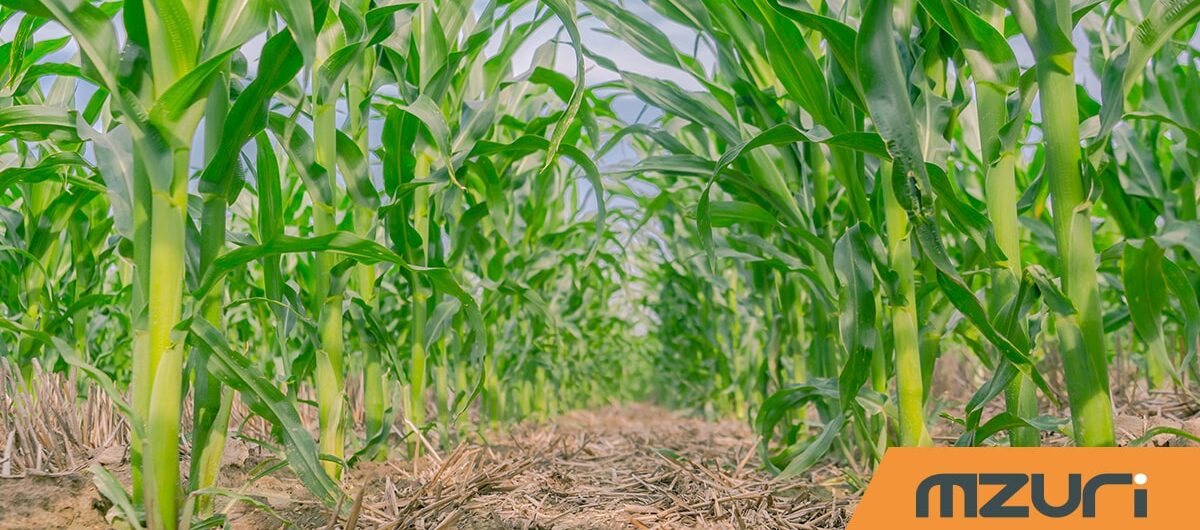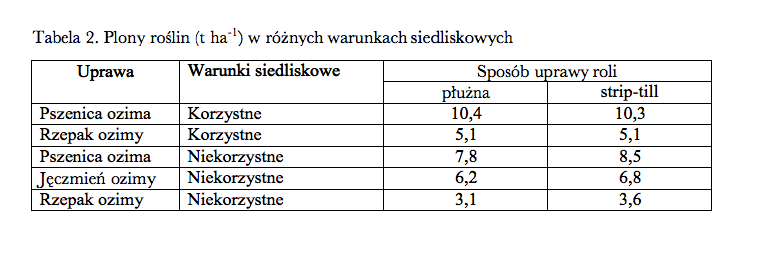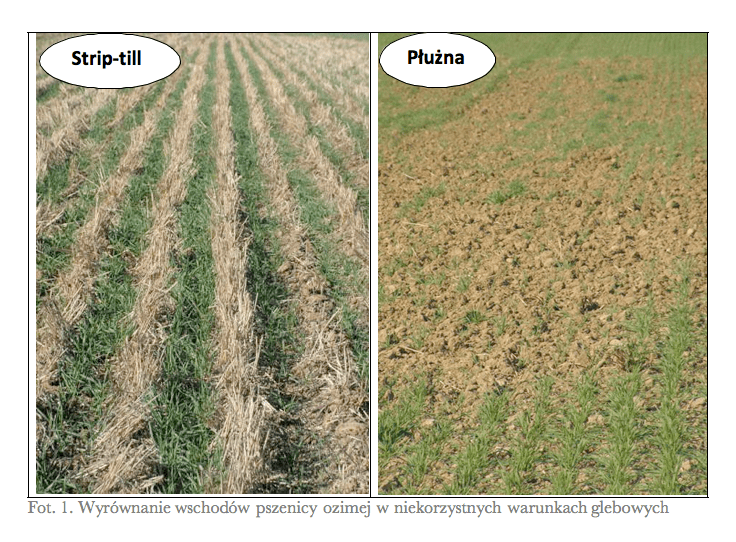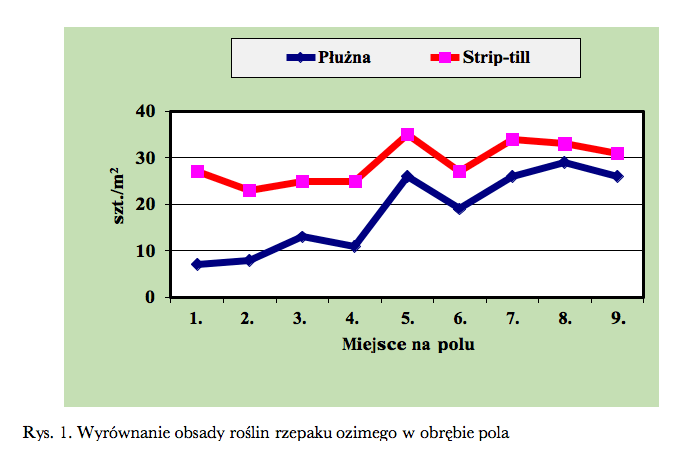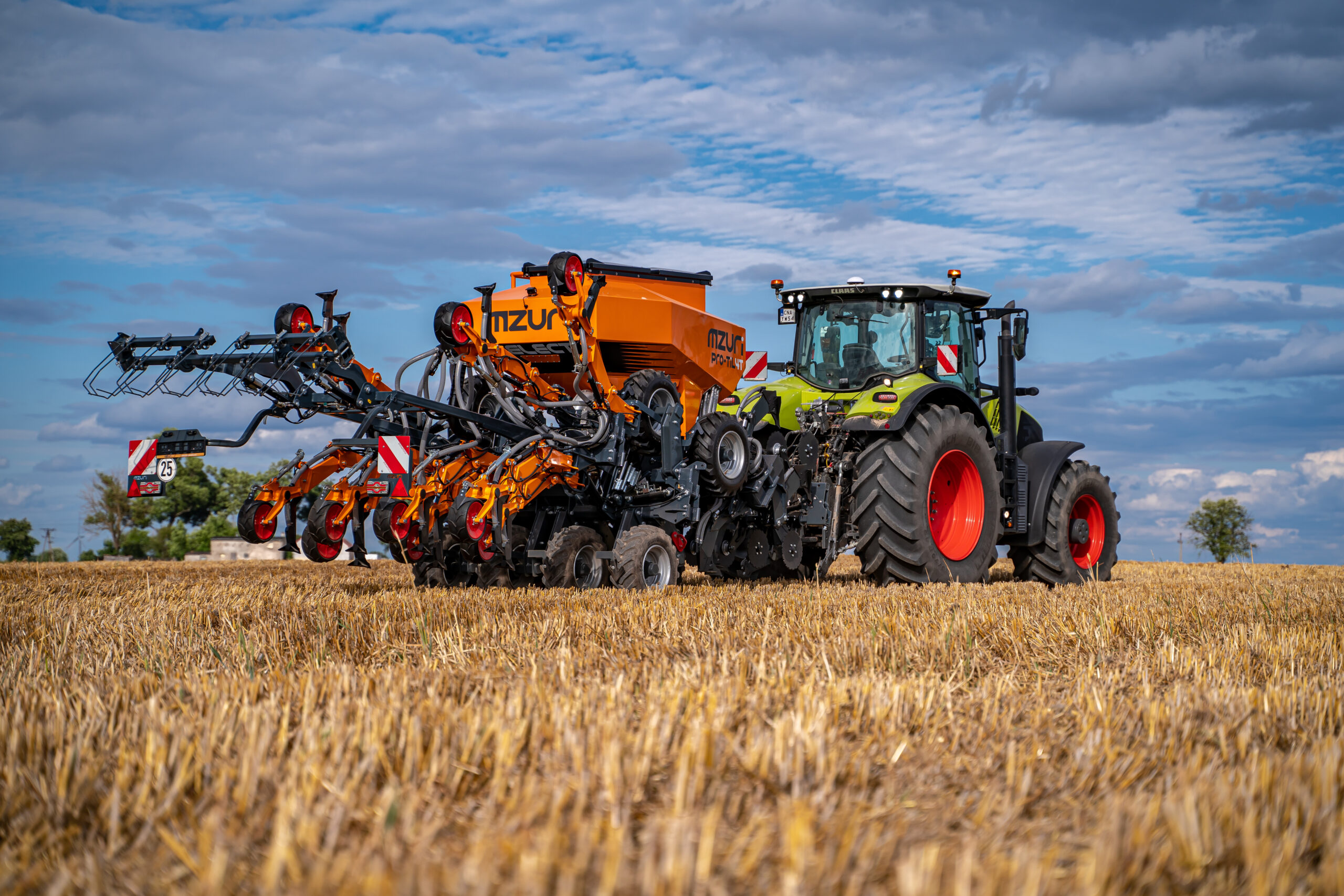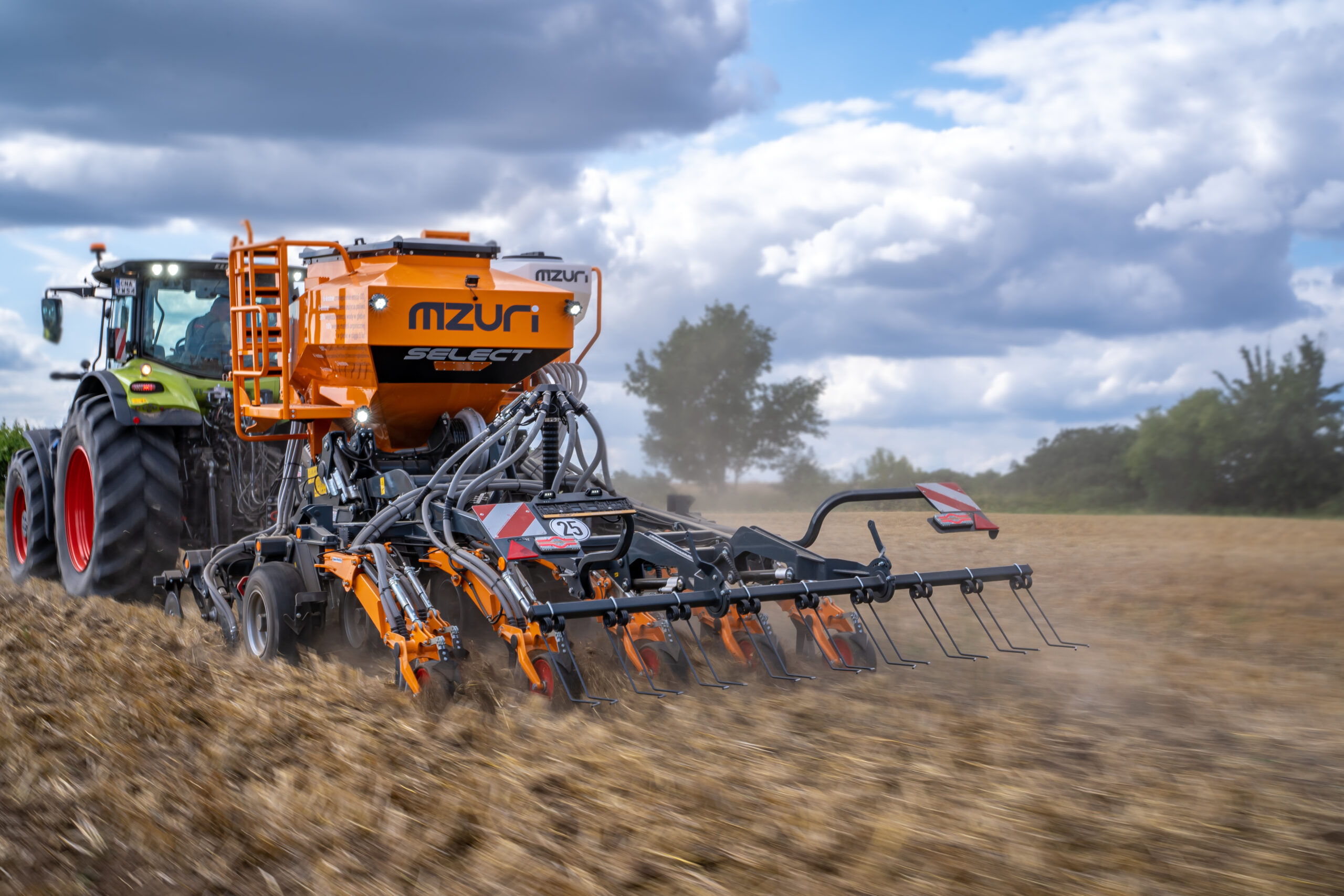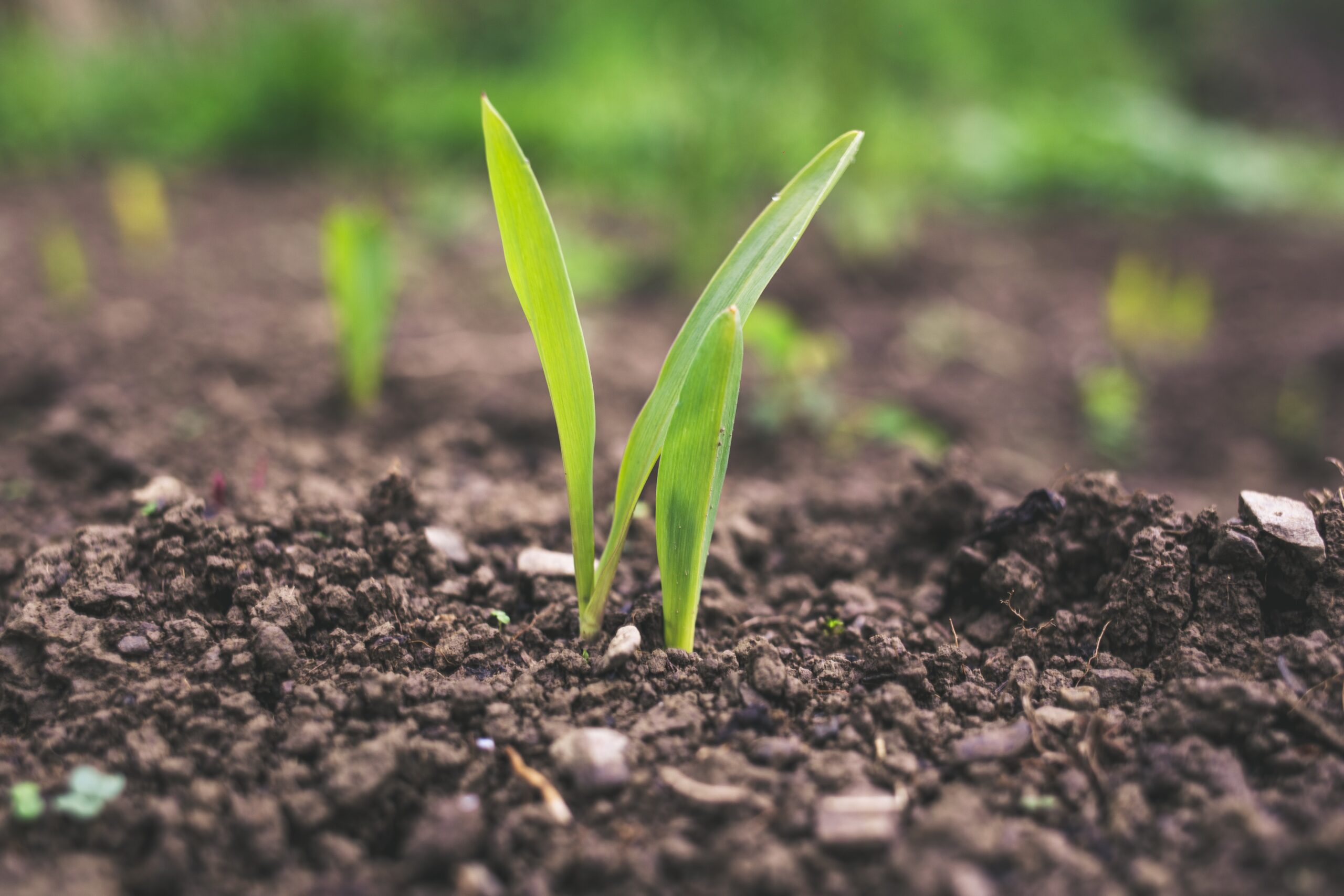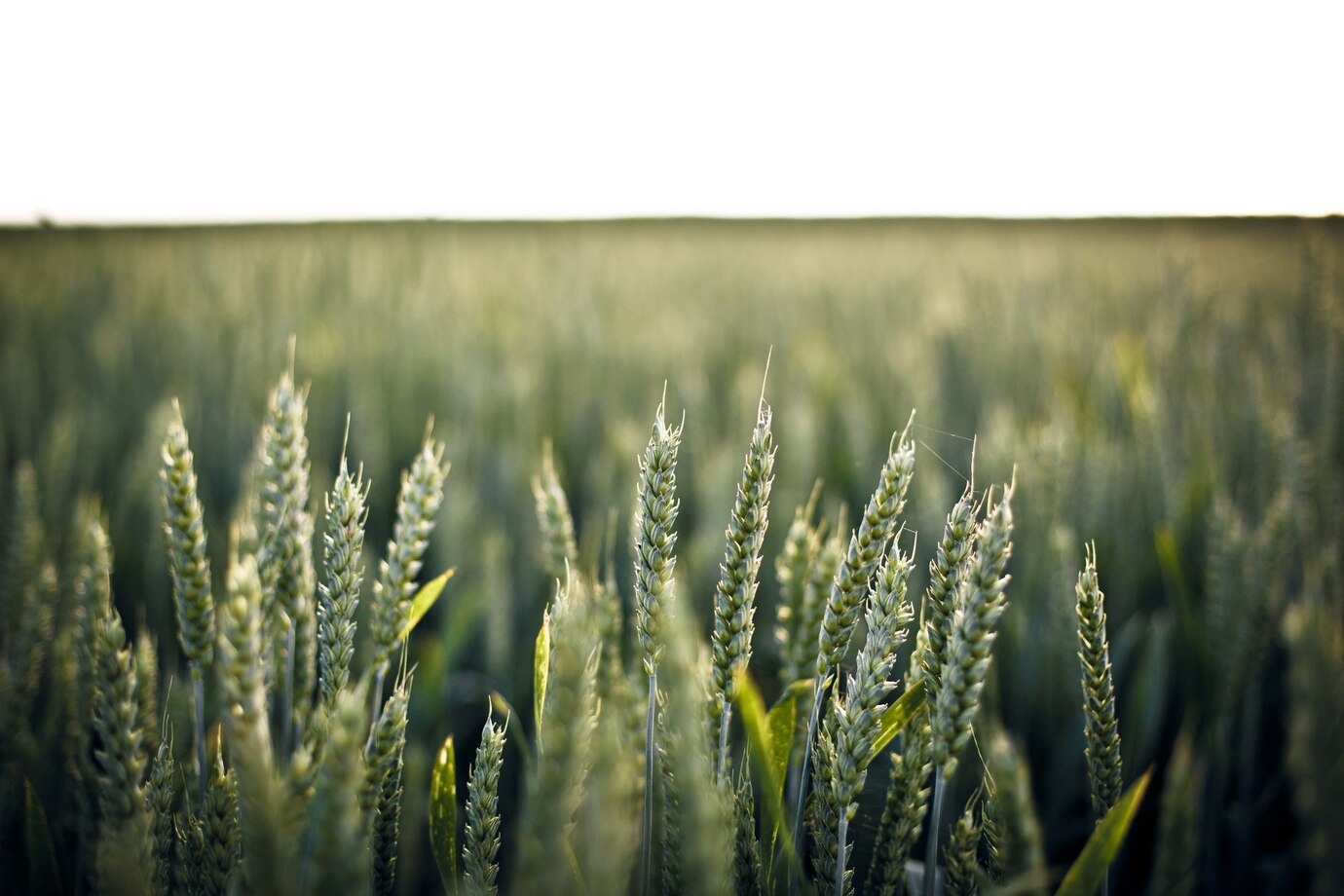
Dlaczego warto wybrać rolnictwo ekologiczne? Poznaj 5 kluczowych zalet
Zalety rolnictwa ekologicznego przyciągają coraz większą uwagę, łącząc ochronę środowiska z produkcją zdrowej żywności. Ten świadomy wybór staje się alternatywą dla tradycyjnych metod, oferując korzyści zarówno dla ludzi, jak i dla natury. Jeśli chcesz dowiedzieć się więcej o wpływie rolnictwa ekologicznego na nasze życie i otaczający świat, konieczn


